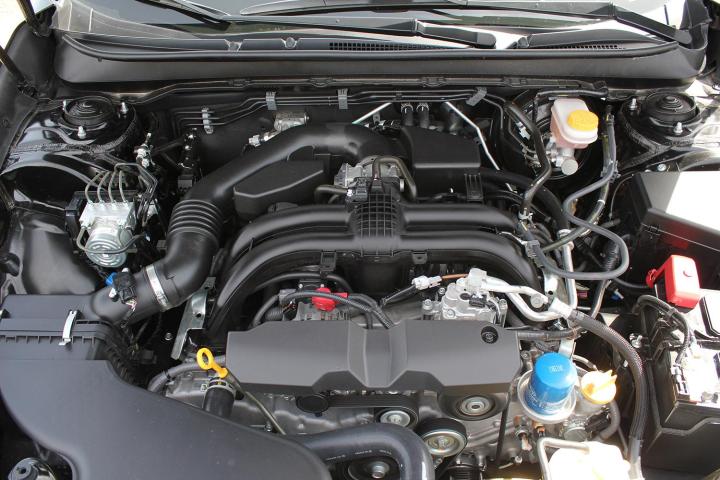
Subaru has been making boxer engines in one form or another since 1966, and it recently hit a major milestone.
The Japanese carmaker says it just built its 15 millionth boxer engine, a 2.5-liter unit destined for a Legacy or Outback.
Clearly, the Subaru boxer has come a long way from its first iteration, a 911-cc four-cylinder used in the tiny 1000 sedan.
Since then, boxer engines have become as much of a Subaru signature as the company’s all-wheel drive systems, powering everything from WRX rally cars to utilitarian Foresters, and even sports cars like the SVX and BRZ.
That’s all well and good, you may ask, but what exactly makes a boxer different from any other type of car engine?
A boxer engine gets its name from the way pistons oppose each other, just like two fighters in a ring. That’s because while most engines have a vertical “V” or inline configuration of cylinders, in a boxer they lie flat.
In fact, you’ll sometimes hear this type of engine referred to as a “flat” engine for that reason.
What’s the advantage of pancaking your engine? Since a boxer isn’t as tall as a conventional engine, it features a lower center of gravity. That helps improve handling.
It also makes packaging the engine easier, which is why one of the first notable users of the boxer configuration was the rear-engined Volkswagen Beetle.
Other noteworthy boxer-powered cars include the Ferrari Berlinetta Boxer and the Porsche 911, Boxster, and Cayman. Porsche is still the only other major automotive champion of the boxer besides Subaru.
So here’s to another 15 million. Long may they rev.


